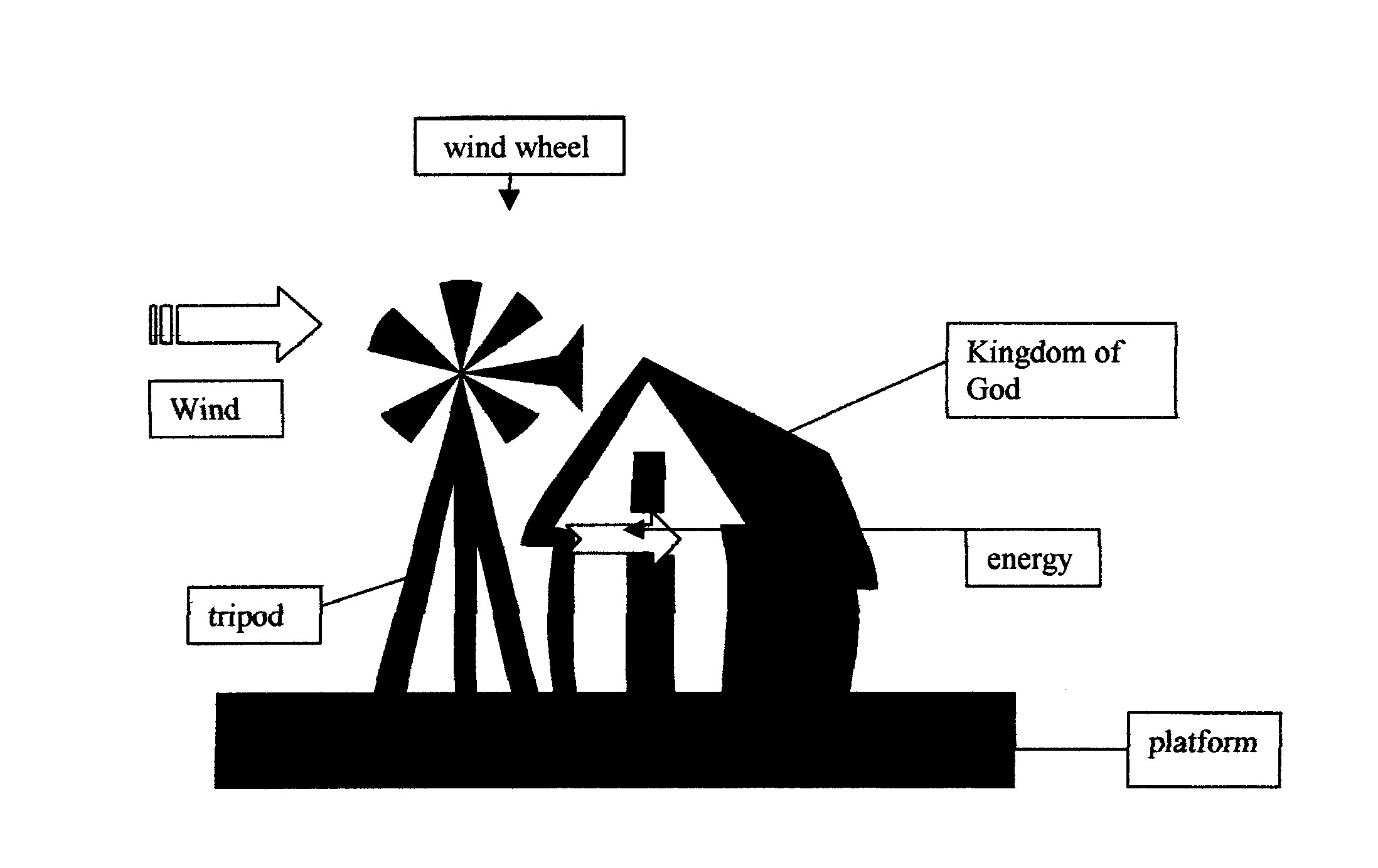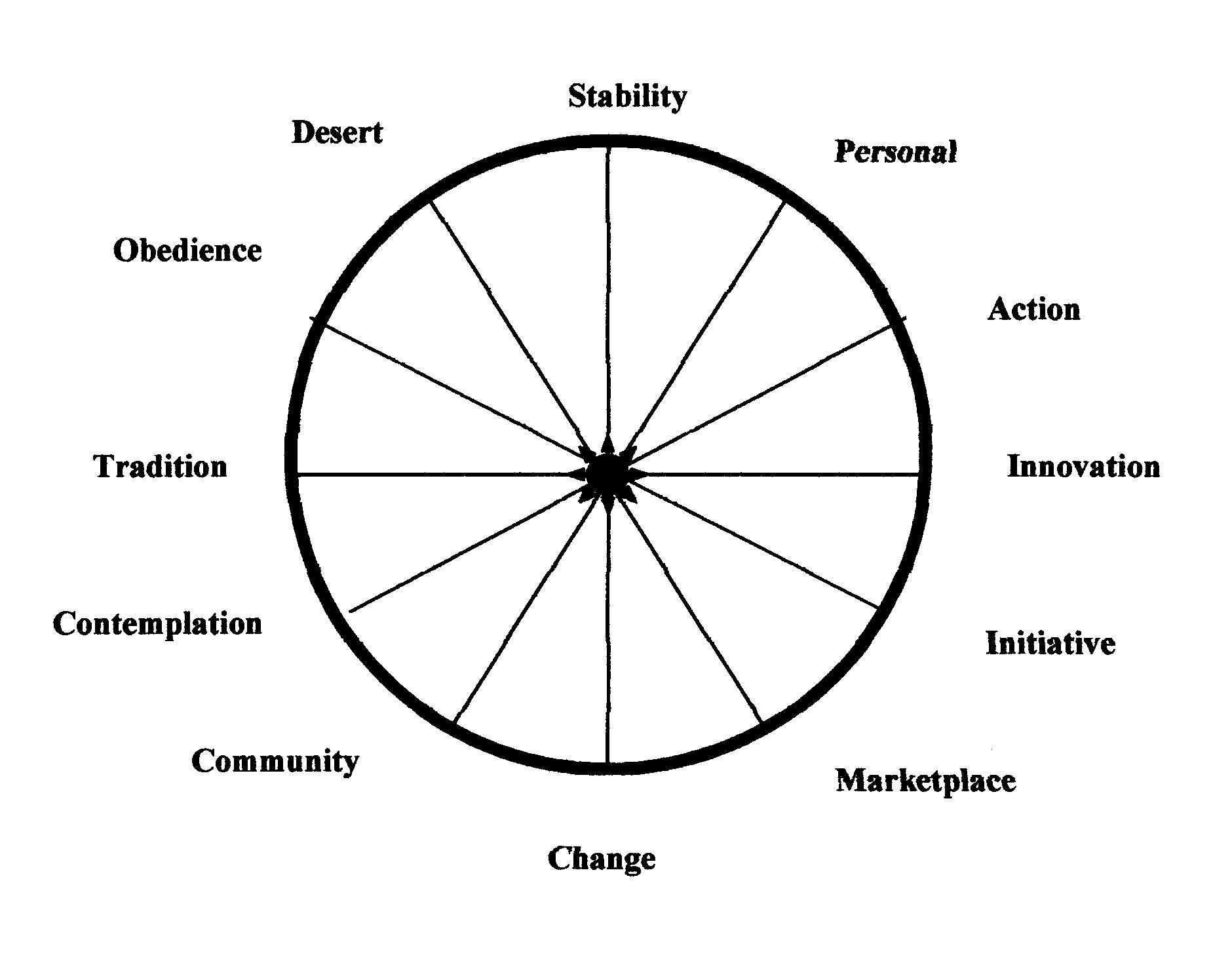
Alex Tang
Articles
- General
- Theology
- Paul
- Karl Barth
- Spiritual Formation
- Christian Education
- Spiritual Direction
- Spirituality
- Worship
- Church
- Parenting
- Medical
- Bioethics
- Books Reviews
- Videos
- Audios
- PhD dissertation
Spiritual writing
- e-Reflections
- Devotions
- The Abba Ah Beng Chronicles
- Bible Lands
- Conversations with my granddaughter
- Conversations with my grandson
- Poems
- Prayers
Nurturing/ Teaching Courses
- Sermons
- Beginning Christian Life Studies
- The Apostles' Creed
- Child Health and Nutrition
- Biomedical Ethics
- Spiritual Direction
- Spiritual Formation
- Spiritual formation communities
- Retreats
Engaging Culture
- Bioethics
- Glocalisation
- Books and Reading
- A Writing Life
- Star Trek
- Science Fiction
- Comics
- Movies
- Gaming
- Photography
- The End is Near
My Notebook
My blogs
- Spiritual Formation on the Run
- Random Musings from a Doctor's Chair
- Random Sermons from a Doctor's Chair
- Random Writings from a Doctor's Chair
- Random Spirituality from a Doctor's Chair
Books Recommendation
---------------------
Medical Students /Paediatric notes
Maintaining an Authentic Spirituality
by Dr. Alex Tang
What is authentic spirituality?
Francis Schaeffer described true or authentic spirituality as “ we are to love God, we are to be alive to him, we are to be in communion with him, in this present moment of history. And we are to love men, to be alive to men as men, and to be in communication on a personal level with men, in this present moment of history”. (italics his)[1] Evelyn Underhill summarised it as communion with God and co-operation with God.[2]
Hence authentic spirituality begins with God. It begins with a divine call, rebirth and conversion (John 3:3-8; Acts 2:38-39) and continues with sanctification. It requires divine grace and our willing co-operation. It involves our inner and outward lives. It involves the integration of ours lives as we are being restored by the Holy Spirit. The goal is to become more like Christ (Eph 4:13-16).
Authentic spirituality and the Rule of St. Benedict.
As a professional living life on the fast track, often multitasking (doing many things at once) and being under constant stress, it is difficult to maintain an authentic spirituality. Surprisingly, I find The Rule of St. Benedict[3] a great help to help me to understand and to maintain authentic spirituality.
How would a set of Rules written for monks in the sixth century be of use to a busy professional on the eve of the twenty first century?
Firstly, regula which is Latin for rule also refer to a pattern or a model. Hence I can take the Rule of St. Benedict as a model for my Christian spirituality. Thomas Moore wrote, “to seed ordinary life with the monastic spirit might to read this rule not for its historical importance or as a literary guide for monks, but to inspire anyone in the direction of contemplation. In the midst of our busy lives we can practice the spirit of this rule”[4].
Secondly, in seventy-three chapters, it was set out the essentials of worship, work, study, hospitality, authority, possessions demanded by a life lived out in community following the three Benedictine vows of obedience, stability and conversio morum.[5] The Rules thus set out in details how I can integrate my inner and outward practical life and also set it in context of a community.
Thirdly, the Rules argue for finding God in the ordinary. It is finding God in work, in the cellary, in the garden and in the routine. Thomas Merton wrote, “ Every moment and every event of every man’s life on earth plants something in his soul.”[6]
And finally, the Rules argue for moderation in all things. St. Benedict unlike the Franciscan does not demand that we give away all over possessions and live a life of poverty. Instead he wants a life lived out in moderation with the proper attitudes toward material possessions, time management and human relationship. Being balanced in all our commitment. And in our inner and outward life.
Symbol for an authentic spirituality.

A windmill and a simple farm house is my symbol of an authentic spirituality.
Tripod
The tripod forms the base for the windmill. It has three pillars which represent orthodoxy (right beliefs), orthopathy (right feelings) and orthopraxy (right action).For an authentic spirituality, this pillars need to be of equal length i.e. balanced so as to provide a firm and stable base for the wind wheel.
Wind wheel
The blades of the wind wheel represent the areas in my life that need to be in balance. These areas are summarised from the Rule of St. Benedict[7]. This is my lifestyle.

The 6 blades of the wind wheel are:
(1) stability versus change
(2) personal versus community
(3) obedience versus initiative
(4) contemplation versus action
(5) desert versus marketplace
(6) tradition versus future
For the wind wheel to be stable, I need to be in the centre, balancing all these aspects of my life.
Wind
This represent pneuma, the Holy Spirit. The wind blows the wind wheel which then moves and produces energy. The Holy Spirit energizes my spirituality.
Wood
Wood that the windmill is made up represent the Cross of Christ. Christology is the basis of authentic spirituality.
Energy
Energy represent the fruits that will be produced by an authentic spirituality.
Farmhouse
This energy (fruit) is given to build the Kingdom of God.
Maintaining an authentic spirituality.
How do I maintain this authentic spirituality? How do I build the tripod strong and the windwheel balanced in order to produce the energy required for the farmhouse? I cannot. Only God can. Only by the grace of God can I keep the tripod strong and balanced. Only by the grace of God can I keep the windwheel balanced. The Holy Spirit produces fruits for the Kingdom, not me. By like a good farmer, I must keep the windmill in good working order. I do this by practizing the spiritual disciplines.
Richard Foster[8] divided the spiritual disciplines into 3 groups:
(1) The Inward Disciplines
meditation, prayer, fasting , study
(2) The Outward Disciplines
simplicity, solitude, submission, service
(3) The Corporate Disciplines
confession, worship, guidance, celebration
Donald Whitney[9] has the additional disciplines of journaling and learning which are Inward Disciplines while Dallas Willard[10] includes chastity, secrecy and sacrifice which are also Inward Disciplines.
It is by the mastering the spiritual disciplines and persisting in them that I maintain authentic spirituality. Dallas Willard wrote that spiritual disciplines or “ ‘exercise unto godliness’ are only activities undertaken to make us capable of receiving more of his life and power without harm to ourselves or others”[11].
Conclusion
To maintain an authentic spirituality, I must first understand what it is. The windmill helps me to focus on the various aspects of Christian spirituality during my daily examen of consciousness, time of meditation and solitude. The spiritual disciplines then helps me to maintain this spirituality. Again I must continually remind myself that the Holy Spirit’s work through the disciplines is not something I can grasp after, control or ‘practice’ into being[12].
Everything that goes into a life of pleasing God has been miraculously given to us by getting to know, personally and intimately, the One who invited us to God. The best invitation we ever received! We were also given absolutely terrific promises to pass on to you – your tickets to participation in the life of God after you turned your back on a world corrupted by lust.
So do not lose a minute in building on what you’ve been given, complementing your basic faith with good character, spiritual understanding, alert discipline, passionate patience, reverent wonder, warm friendliness, and generous love, each dimension fitting into and developing others. With these qualities active and growing in your lives, no grass will grow under your feet, no day will pass without its reward as you mature in your experience of our Master Jesus. Without these qualities you can’t see what’s right before you, oblivious that your old sinful life has been wiped off the books[13]
2 Peter 1: 3-9 (The Message)
[1] Schaeffer, Francis, True Spirituality. Wheaton, IL: Tyndale House, 1971 p. 17
[2] Underhill, Evelyn, The Spiritual Life. Oxford : Oneworld, 1993,1999 p. 9-54. Evelyn writes that these two components are essential to an authentic spiritual life.
[3] Fry, Thomas ed, The Rule of Saint Benedict, (Vintage Spiritual Classics) New York: Random House, 1998
[4] Ibid p. xxiv
[5] Conversio morum are roughly translated as monastic lifestyle.
de Waal, Esther, Seeking God: The Way of St. Benedict. Collegeville , MI: Liturgical Press p. 28
[6] Merton, Thomas New Seeds of Contemplation. New York: New Directions Books, 1961 p. 14
[7] Esther de Waal helped to clarify my thinking on the Rule. These six tensions listed her are hers. de Waal, Esther, Seeking God: The Way of St. Benedict. Collegeville, MN: Liturgical Press, 1984 p. 95
[8] Foster, Richard, Treasury of Christian Discipline. New York: HarperCollins, 1978, 1981, 1985
[9] Whitney, Donald S. Spiritual Disciplines for the Christian Life.Colorado Springs CO: NavPress, 1991
[10] Willard Dallas The Spirit of Disciplines. New York: HarperCollins, 1988 p. 156-192
[11] Ibid p. 156
[12] Siang-Yang, Tan & Gregg, Douglas H. Disciplines of the Holy Spirit Grand Rapids, MI: Zondervan, 1977p.35
[13] Peterson, Eugene H. The Message: The New Testament in Contemporary English . Colorado Springs CO: NavPress, 1993 p. 495
Soli Deo Gloria